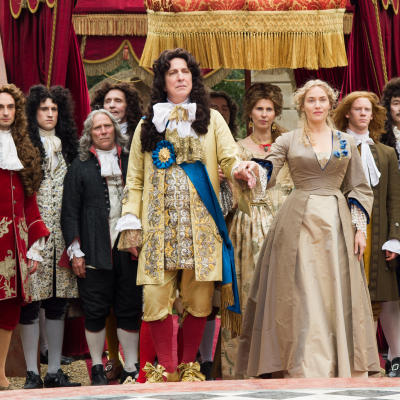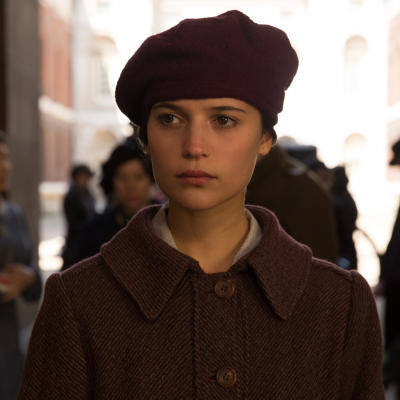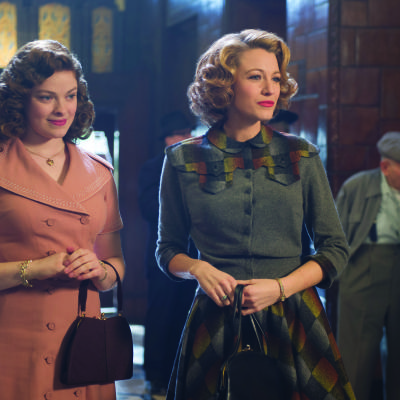Woman in Gold explores the largely untold true-story of the Nazis' annexing of Austria, where they seized valuable artworks and family possessions. Helen Mirren stars as a Jewish woman who challenges the government for the restitution of her family’s artwork.
Just prior to World War II (1938) the Nazis seized Austria, in a bid to unify Austria with Nazi Germany- known as Anschluss. Nazi troops entered Austria to enforce Anschluss, where many Jewish families and businessmen were shamed publically. Jewish homes were invaded for their wealth, valuable property was seized and taken by the Nazis. The home of the Bloch- Bauers was invaded and five paintings by Austrian painter Gustav Klimt were taken, the most valuable being “The Portrait of Adele Bloch-Bauer I”, known as the Woman in Gold, which was taken and later housed in Austria’s Belvedere Gallery until 1998.
In the film, Maria Altmann (Helen Mirren) is the niece of Adele Bloch-Bauer, who lives in California and finds evidence that the family portrait is not held by the Belvedere Gallery legally. She contracts a family friend Randol Schoeber (Ryan Reynolds) to research the claim and instigate proceedings that will force the Austrian Government to release the paintings to Maria. The legal process spans several years and sees the unlikely friendship of Maria and Randy take on the highest courts in Austria and America.
Mirren effectively plays the resilient yet fragile elderly Jewish woman, who has come out stronger from World War II. Reynolds is a down trodden lawyer with a family to provide for, who finds the value of family heritage and proceeds to fight endlessly to retrieve the portrait of Adele Bloch-Bauer.
The historical value in this story is fascinating and is best shown through a series of flashbacks to Vienna, where Maria and her husband flee Austria. The standout performance of Tatiana Maslany (from television series Orphan Black) as young Maria, creates the emotional and historical depth for the film. She delves into the Austrian role, speaking German fluently and manages to draw out the historical truths in this film. The historical sequences and Maslany’s performance are a welcome distraction from the drawn out legal battle.
The Director, Simon Curtis, should be respected for the careful handling of the Nazis and the trauma for the Jewish population in Austria. Many other films facing the Holocaust, Anschluss or Nazi Germany become weighed down by the trauma, often resulting in the film's story being lost. The flashback scenes of the Jewish family fleeing to America are a success and speak volumes to the careful treatment of the Anschluss in the film. The restitution of Klimt’s paintings shines through the film, representing a hope that the Jewish can claim back what was rightfully theirs.
Whilst the performances of Mirren and Reynolds are admirable, Maslany is the stand out, who delivers the fascinating historical truths in this otherwise average film.
Woman in Gold is in cinemas now.




